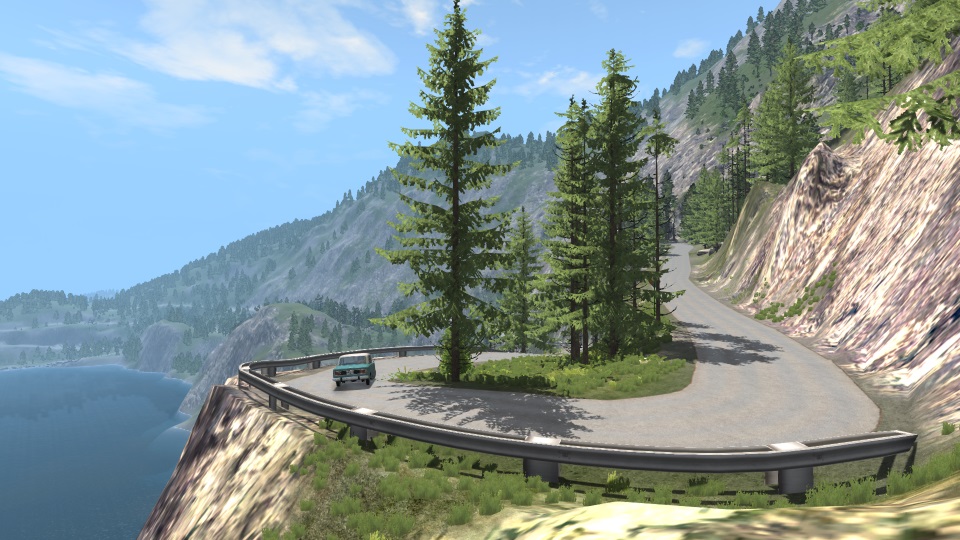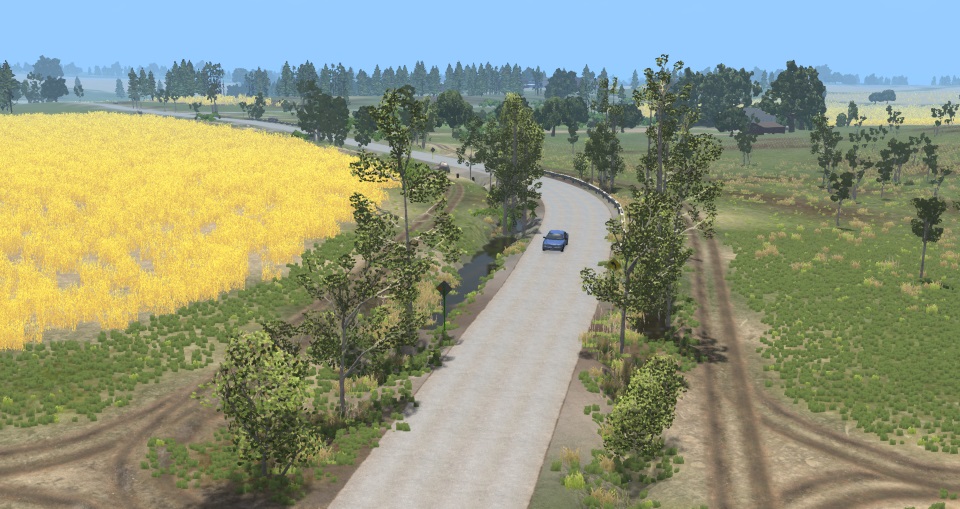


Optimize this area by terminating control edgeloops (since the bottom of the hood doesn't need to look as smooth as the top). Real hoods and trunks have an understructure bolted on that has some thickness to it, so it'd be wise to roughly represent that (the details will be done in the normal map). Use a shell modifier or something similar to give panels like the hood and trunk the basic thickness necessary.

Then, detach each panel, and space the vertices a bit (~6.35mm or 0.25") to represent the distance between the panels on the real car. At this point there should be edges where the panel gaps would be - if not, cut them in. Once the shell is complete and smoothed and at its final polygon count, it's time to detach the panels. Every quad is two triangles, and all of the quads in a surface should be facing the same way for the lighting to look smooth. Be careful using 'subdivision surface' as a smoothing tool, as it might influence the way a flexbody deforms.Īnother important thing that is often overlooked is the flow of triangulation. This is where control loops result in nice shading without needing to bevel the edge, again saving polygons. No "hard" edge is actually hard in real life (or you'd cut yourself on it). These are edgeloops that don't change the shape or silhouette, but make the lighting/smoothing look correct. For hard edges, add control edgeloops on either side. Try to be efficient, maintaining a somewhat grid-like flow of polygons across the model.

When that's complete and accurate, add more edgeloops to smooth out the model. Model the basic shell of the vehicle (roughly) first. Thus, it's good to save polygons whenever possible and use normal maps instead for things like panel gap bevels and underbody details like cutouts, structural members, and bolts.įor large panels, though, a minimal amount is necessary a flat plate like a large old hood or trunk can be made with only a few polygons one has to have some control loops around areas that could bend when the JBeam is deformed. Every vertex that has to be mapped to the JBeam skeleton takes computing power. There's a balance here not just between graphical quality and performance, but also computational performance.


 0 kommentar(er)
0 kommentar(er)
